The Future of Root Canal Treatment: Can Artificial Intelligence Transform It?
AI in root canal treatment is emerging as one of the most promising innovations in modern dentistry. As technology evolves, so does the ability to enhance diagnostic accuracy, streamline procedures, and personalize care. With artificial intelligence now being integrated into radiographic analysis and treatment planning, many experts believe the future of root canal therapy is being reshaped in real time. This raises a crucial question: can AI help with root canal treatments and deliver safer, faster, and more precise results? As the dental world embraces digital transformation, AI in dental procedures may soon become not just an option, but a standard. Exploring the synergy between AI and root canal technology unveils a new era of intelligent dental care.
AI in root canal treatment is transforming how dentists diagnose and treat infected teeth. From detecting hidden canals with AI-powered imaging to planning complex procedures with predictive software, artificial intelligence is redefining accuracy and speed in endodontics. These technologies can reduce human error, support early diagnosis, and improve outcomes. As AI in dental procedures becomes more refined, it holds the potential to minimize treatment times and increase patient comfort. This shift signals a new standard in the future of root canal therapy, making care smarter, not harder.
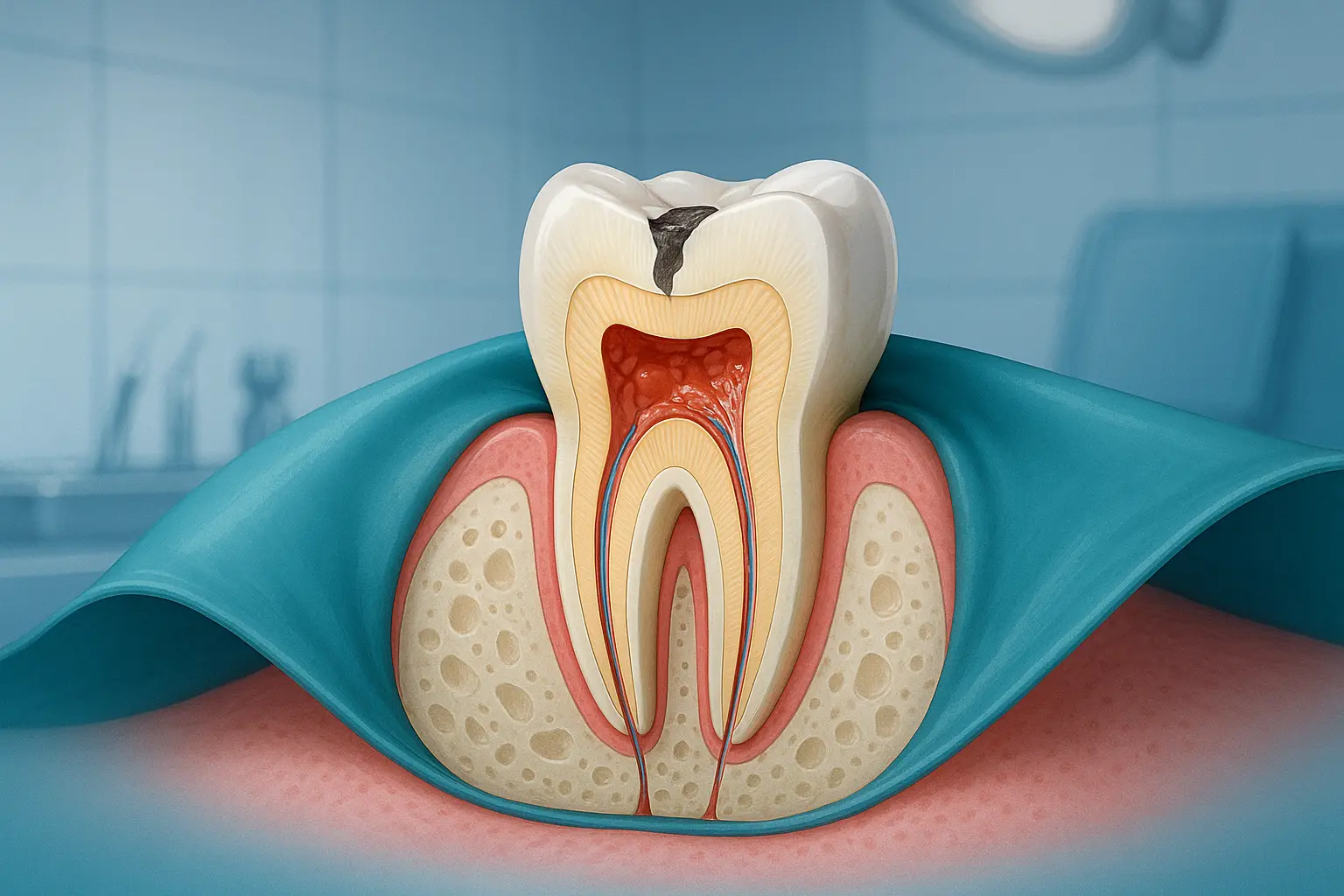
What Is a Root Canal Treatment?
AI in root canal treatment is increasingly relevant in understanding and enhancing traditional procedures like root canal therapy. A root canal treatment, also known as endodontic therapy, is a dental procedure aimed at saving a tooth that is severely decayed or infected. The treatment involves removing the infected or damaged pulp inside the tooth, cleaning and disinfecting the canal system, and then sealing it to prevent future infections. Root canal procedures are commonly recommended when a cavity has progressed deeply or when a tooth has experienced trauma. Despite their reputation, modern root canals are relatively painless and can help patients retain their natural teeth rather than resorting to extraction.From a clinical standpoint, a successful root canal procedure depends heavily on accurate diagnosis, the ability to locate all root canals (which may be complex and curved), and complete removal of infected tissue. This is where AI in dental procedures is starting to show its value. By assisting in identifying internal tooth structures through enhanced radiographic interpretation, AI technologies can support more efficient and accurate treatment planning. As AI becomes more integrated into dental workflows, it holds the promise to make traditional treatments like root canals more predictable, reducing the likelihood of post-treatment complications. Understanding what a root canal treatment entails lays the groundwork for appreciating how artificial intelligence can improve each step of the process.
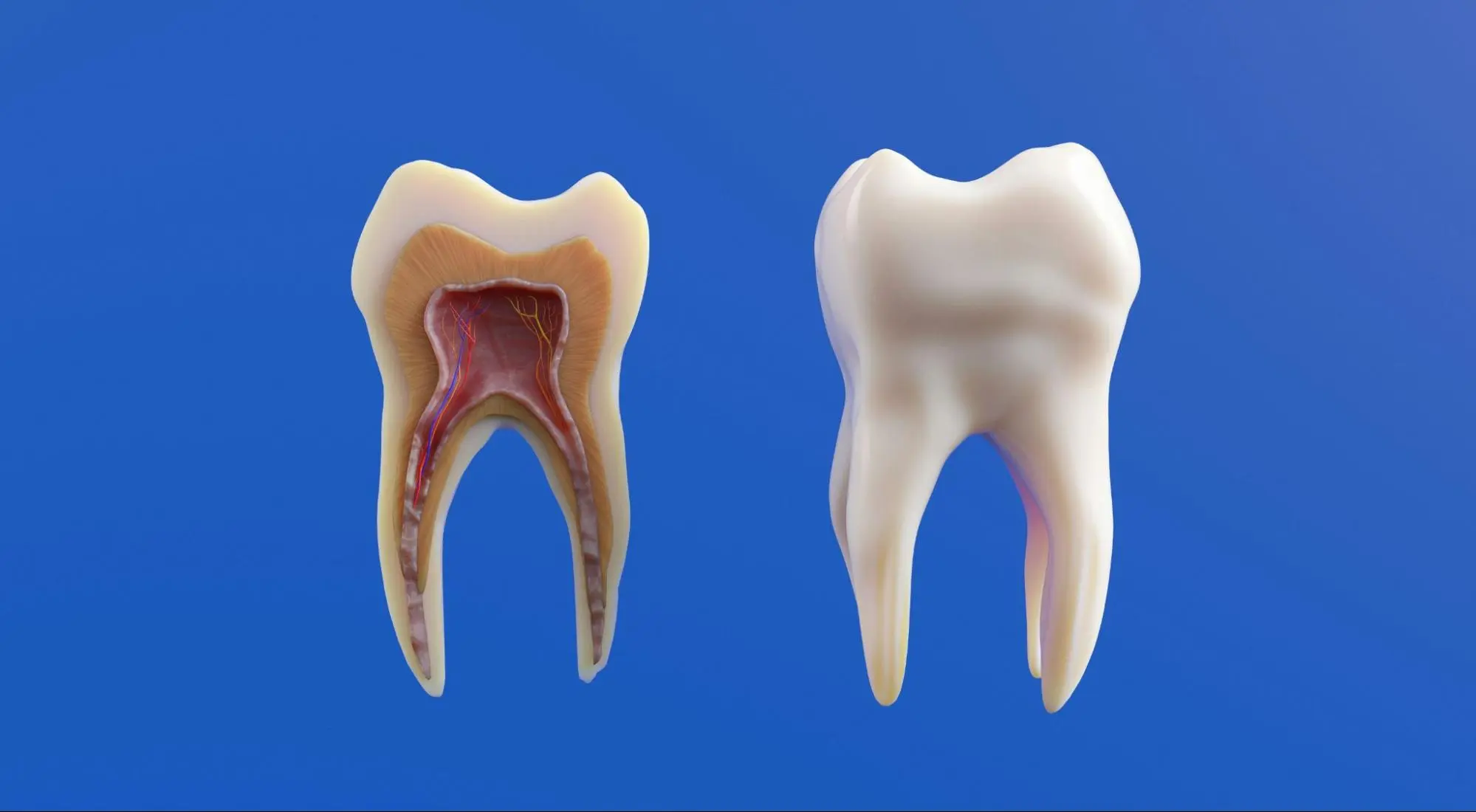
Current Challenges in Root Canal Procedures
Future of root canal therapy is largely dependent on how we overcome the current limitations that make this procedure complex and sometimes unpredictable. One of the biggest challenges is misdiagnosis—failing to detect all infected areas or hidden canals within the tooth. Even a small oversight can lead to persistent infections, resulting in treatment failure and the need for retreatment or extraction. Dentists rely heavily on 2D and 3D radiographic images to assess the root canal system, and this interpretation is often subjective. Inexperienced practitioners may miss crucial signs, making room for AI to assist with enhanced image analysis.Another major challenge lies in pain management. Although local anesthesia typically controls pain during the procedure, patients often experience anxiety due to the invasive nature of the treatment. The discomfort post-treatment can also vary, depending on the complexity of the canal structure and the patient’s healing response. Here, AI and root canal technology can contribute by predicting individual pain thresholds and suggesting optimized anesthetic protocols tailored to each patient. This form of predictive personalization may improve patient experience significantly.
Manual techniques, particularly in locating and shaping narrow or calcified canals, require high precision. Human error, such as over-instrumentation or incomplete cleaning, can compromise the long-term success of treatment. Moreover, root canal therapy is time-consuming, with some cases requiring multiple appointments. Integrating AI in dental procedures can reduce chair time by automating repetitive planning tasks, enhancing procedural efficiency. These ongoing issues highlight the urgent need for intelligent tools that can support dentists and improve patient outcomes in the future of root canal therapy.

The Role of Artificial Intelligence in Root Canal Treatment
Can AI help with root canal diagnostics and planning? The answer lies in its ability to revolutionize image interpretation and data analysis in dentistry. One of the most promising uses of AI in root canal treatment is in diagnostic imaging, particularly radiographs. Traditional diagnosis often relies on a clinician’s ability to interpret 2D and 3D images, which can vary based on experience. AI algorithms trained on thousands of annotated dental radiographs can detect abnormalities, hidden canals, or early-stage infections with remarkable precision. This significantly reduces the risk of missed diagnoses, improving treatment accuracy and long-term success.Beyond diagnostics, AI-powered treatment planning is transforming how dentists approach complex endodontic cases. By analyzing patient history, canal morphology, and radiographic patterns, AI can suggest optimal access points, instrument sequences, and obturation methods. This helps reduce chair time and minimizes procedural errors. Additionally, predictive analytics in dental care allows clinicians to forecast treatment outcomes based on big data. For instance, AI systems can assess the likelihood of treatment success or the risk of post-operative complications by comparing similar historical cases. This capability makes AI not just a diagnostic tool, but a decision-support system that empowers dentists to offer personalized and data-driven care.
Integrating AI in dental procedures ensures a new level of consistency, especially for practitioners who may lack experience in complex root canal treatments. It helps elevate clinical standards across different settings, from small clinics to university hospitals, and ensures patients benefit from a higher level of precision and safety. As these technologies evolve, the role of AI in endodontics will likely grow from being supportive to essential.
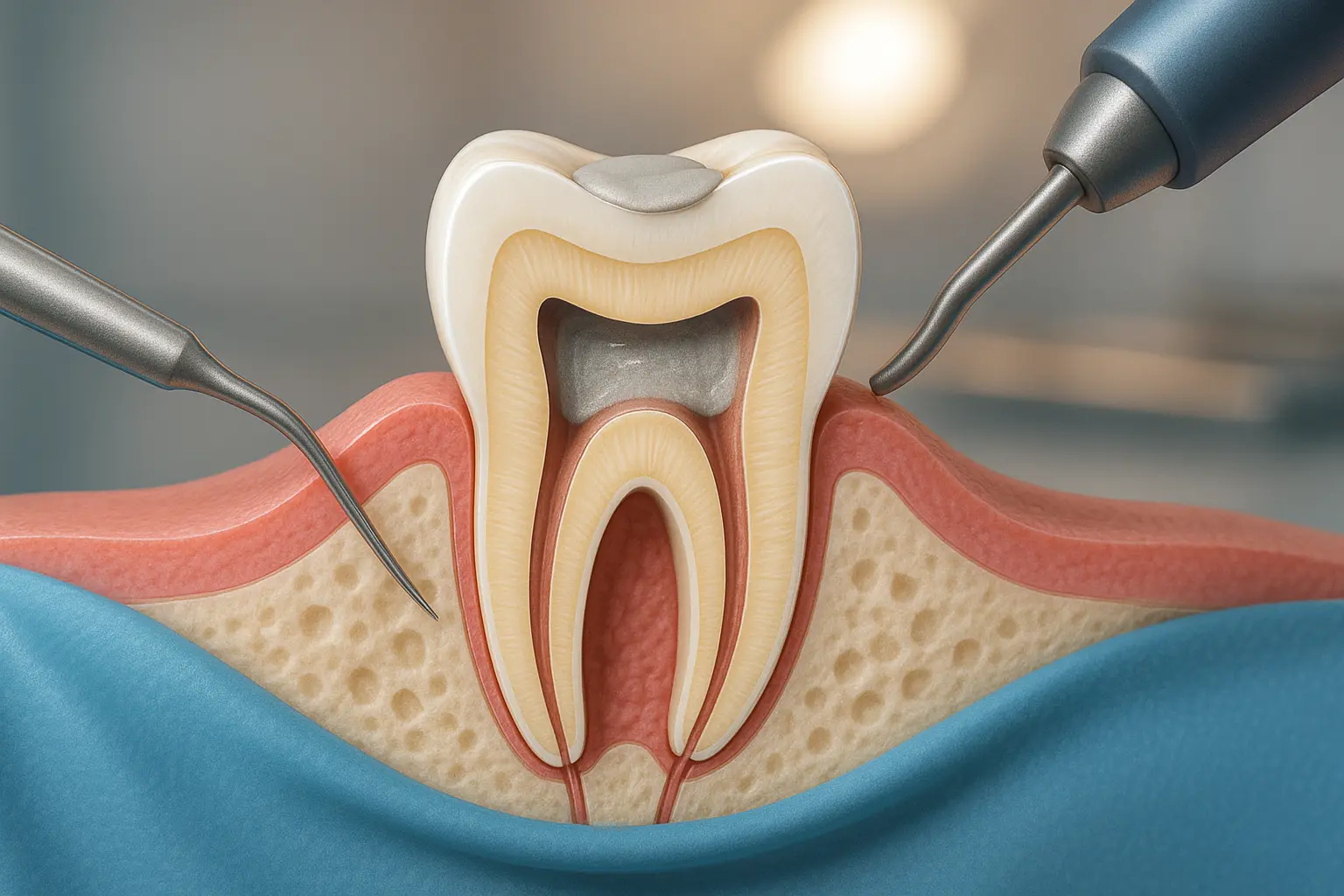
How AI Could Revolutionize Root Canal Treatments
AI and root canal technology are on the verge of creating a seismic shift in how root canal procedures are performed. Traditionally, root canal therapy relies heavily on human skill for both diagnostics and treatment execution. However, artificial intelligence is introducing new workflows that are faster, more accurate, and less dependent on individual operator variability. One of the most game-changing applications is the use of AI-guided imaging systems, which assist in real-time during procedures. These systems can recognize subtle anatomical variations and provide immediate feedback, allowing dentists to adjust their approach dynamically, reducing the chances of incomplete cleaning or perforations.Another way AI in root canal treatment is revolutionizing care is through automation and robotics. Although still in its early stages, research is already exploring AI-assisted endodontic robots that can autonomously clean and shape canals with sub-millimeter accuracy. Combined with AI-based monitoring tools that track every step of the procedure, the future promises a treatment model where machines handle technical precision, and the dentist focuses on oversight and patient comfort. Such developments not only streamline the process but also improve standardization, reducing human error and increasing long-term treatment success rates.
Furthermore, AI's capacity for pattern recognition enables it to develop predictive treatment models. This means before a dentist even begins, the system can forecast potential challenges and suggest preventative strategies. The future of root canal therapy is thus moving toward proactive, instead of reactive, care models. As AI technologies integrate more deeply with dental software platforms, the patient journey—from diagnosis to post-treatment care—will be smoother, faster, and more customized than ever before.
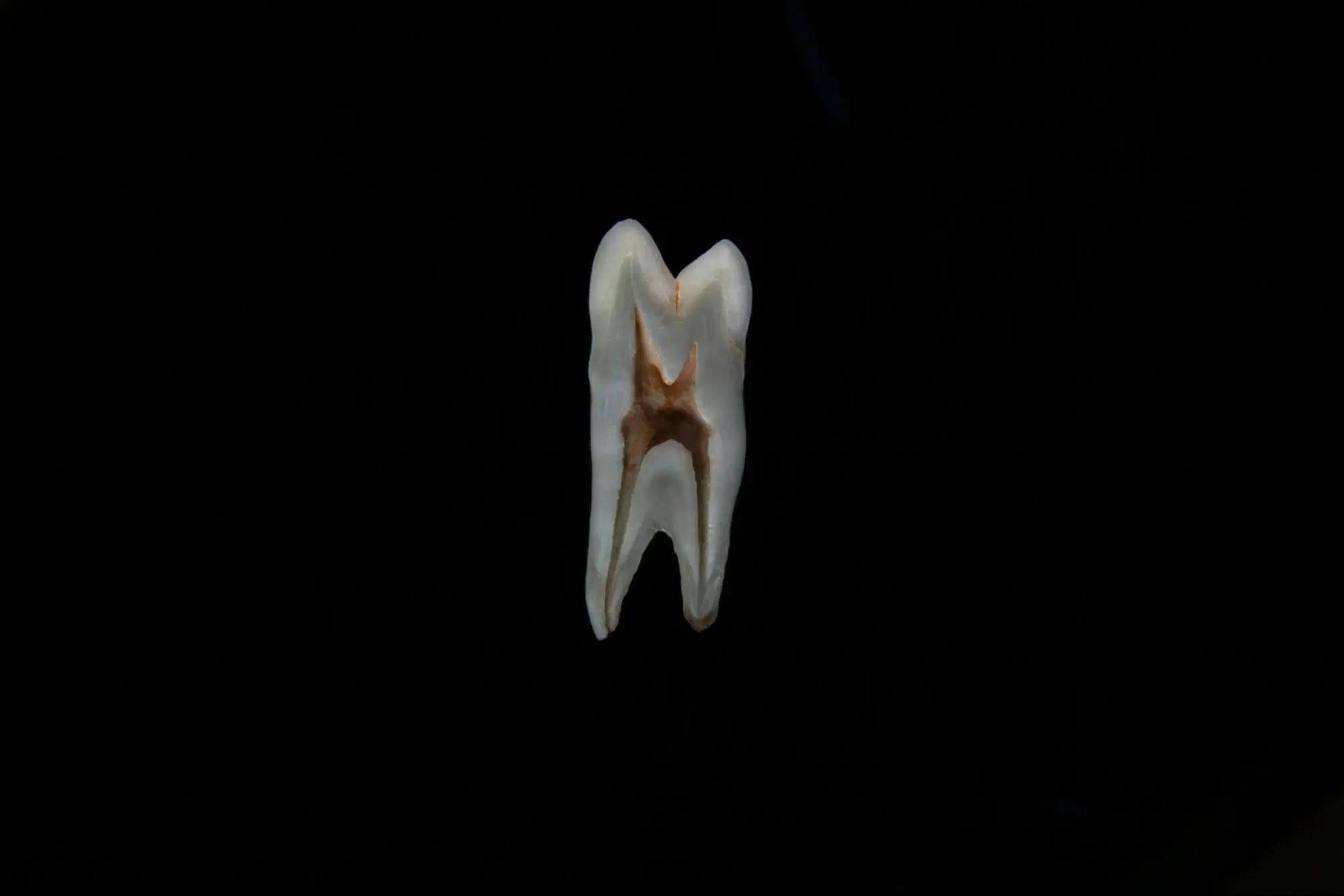
Potential Benefits and Limitations of AI in Root Canal Therapy
AI in root canal treatment offers a wide range of benefits that are transforming patient care and clinical outcomes. One of the most notable advantages is diagnostic accuracy. AI algorithms can analyze radiographic data far beyond the capacity of the human eye, identifying early signs of infection, complex canal structures, or missed canals from previous treatments. This enables clinicians to make faster and more accurate decisions, reducing the likelihood of complications. Additionally, AI in dental procedures can automate routine planning tasks, significantly reducing chair time and improving operational efficiency. This automation allows dentists to focus on patient communication and decision-making, enhancing the overall treatment experience.From a patient’s perspective, the use of AI can lead to less invasive procedures, quicker recoveries, and a greater sense of trust in the process. By offering predictive analytics in dental care, AI can also help patients understand their prognosis, making the treatment journey more transparent. With real-time data processing and machine learning, systems continuously improve their accuracy, leading to consistent and standardized care—especially valuable in clinics with varied experience levels among practitioners. This standardization supports the long-term sustainability of high-quality endodontic services.
However, the future of root canal therapy with AI is not without limitations. One key concern is the dependency on high-quality data. AI systems require large, diverse, and well-labeled datasets to function accurately. Incomplete or biased data can lead to flawed outcomes. Moreover, integrating AI into dental clinics involves substantial initial investment in hardware, software, and training. Not all clinics, particularly in developing regions, may be able to adopt this technology easily. Ethical considerations regarding data privacy and the potential replacement of human expertise are also ongoing debates.
Still, these limitations do not overshadow the transformative potential of AI and root canal technology. As the field advances, collaborations between AI developers and dental professionals will be essential to refine algorithms, expand datasets, and ensure that technology complements rather than replaces human judgment. With responsible implementation, AI stands to redefine the standards of care in endodontics for both practitioners and patients.
For a broader look at how AI is shaping the dental field beyond endodontics, explore our homepage on ai for dental technologies.



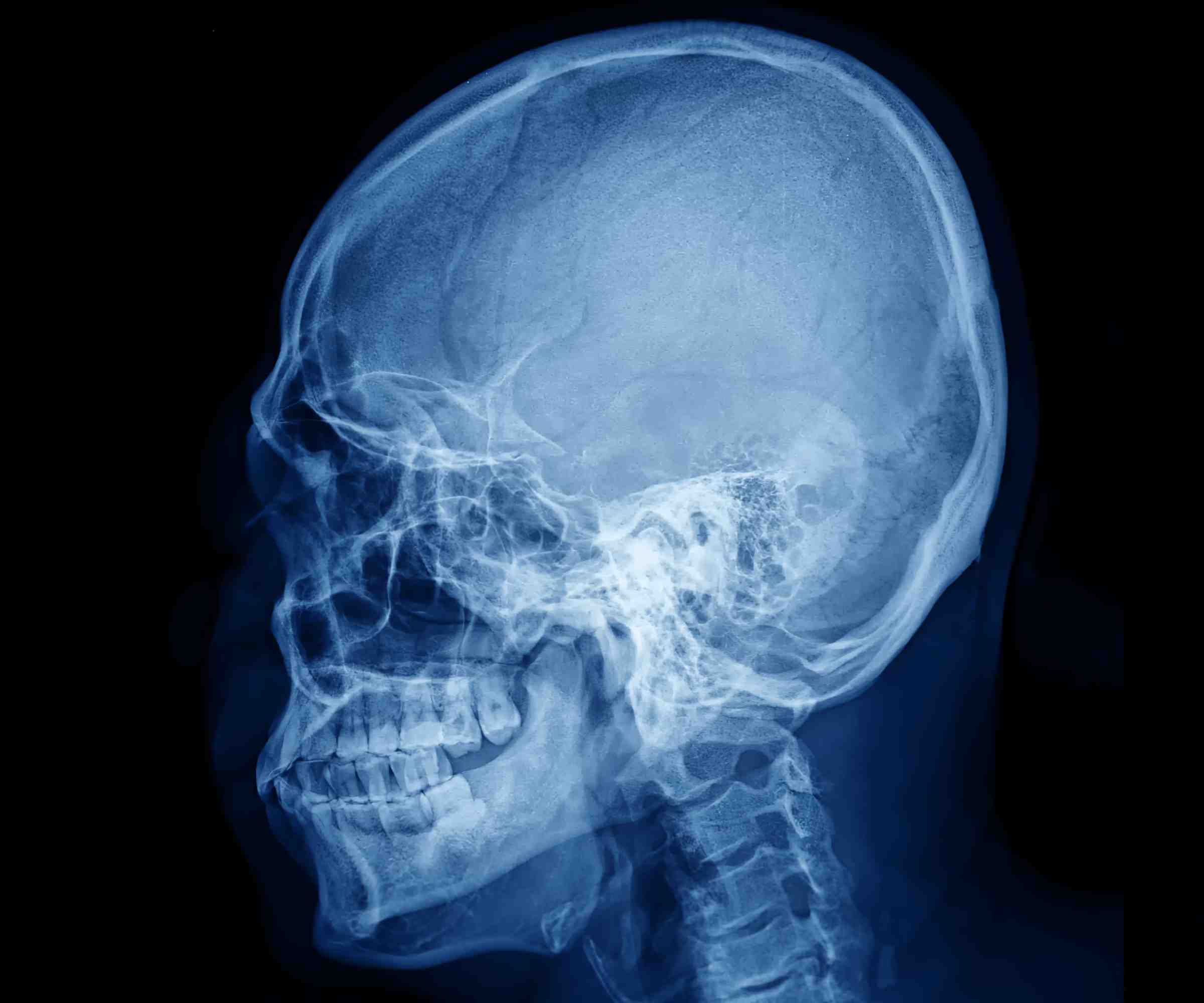
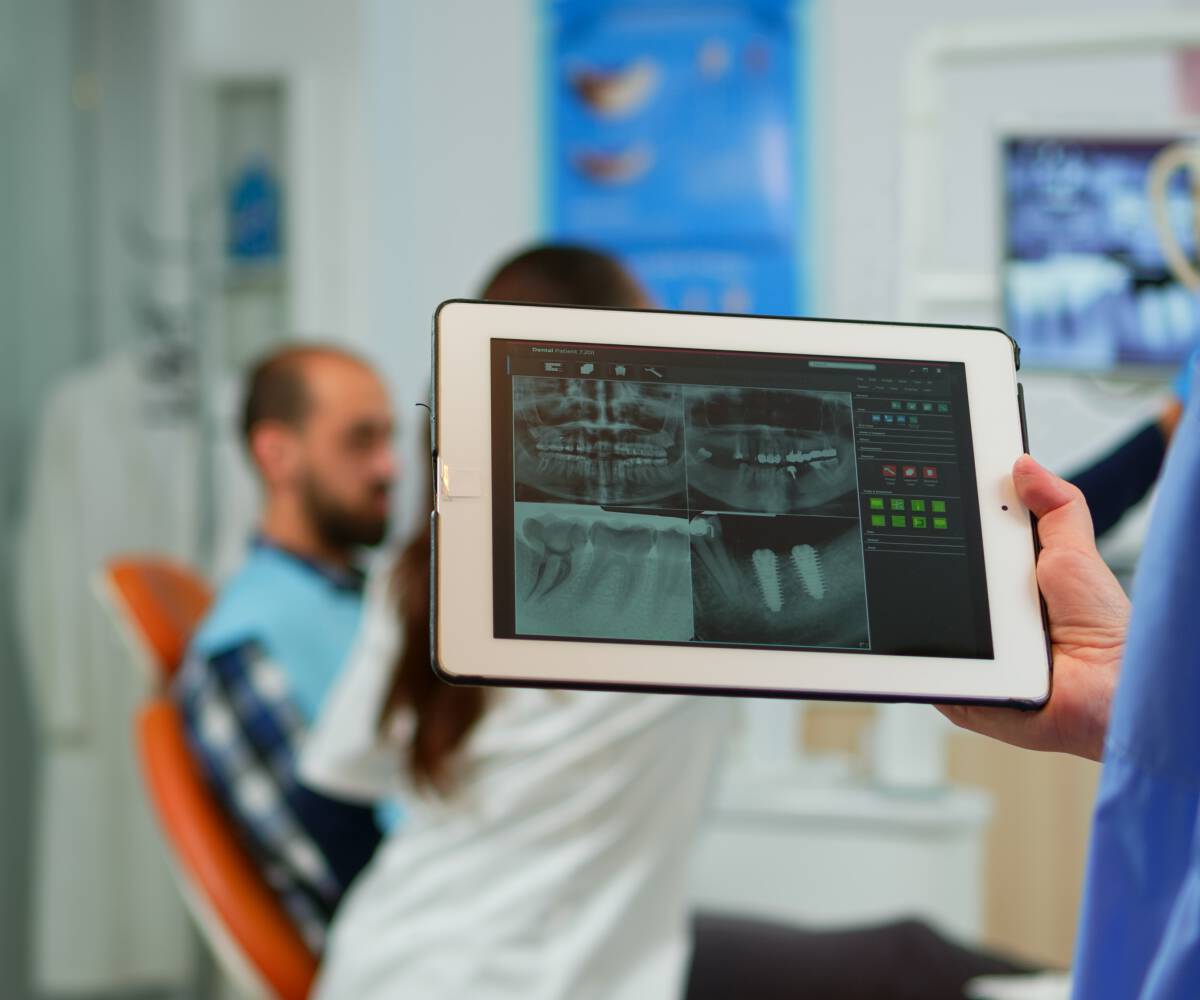
 Contact Us
Contact Us

